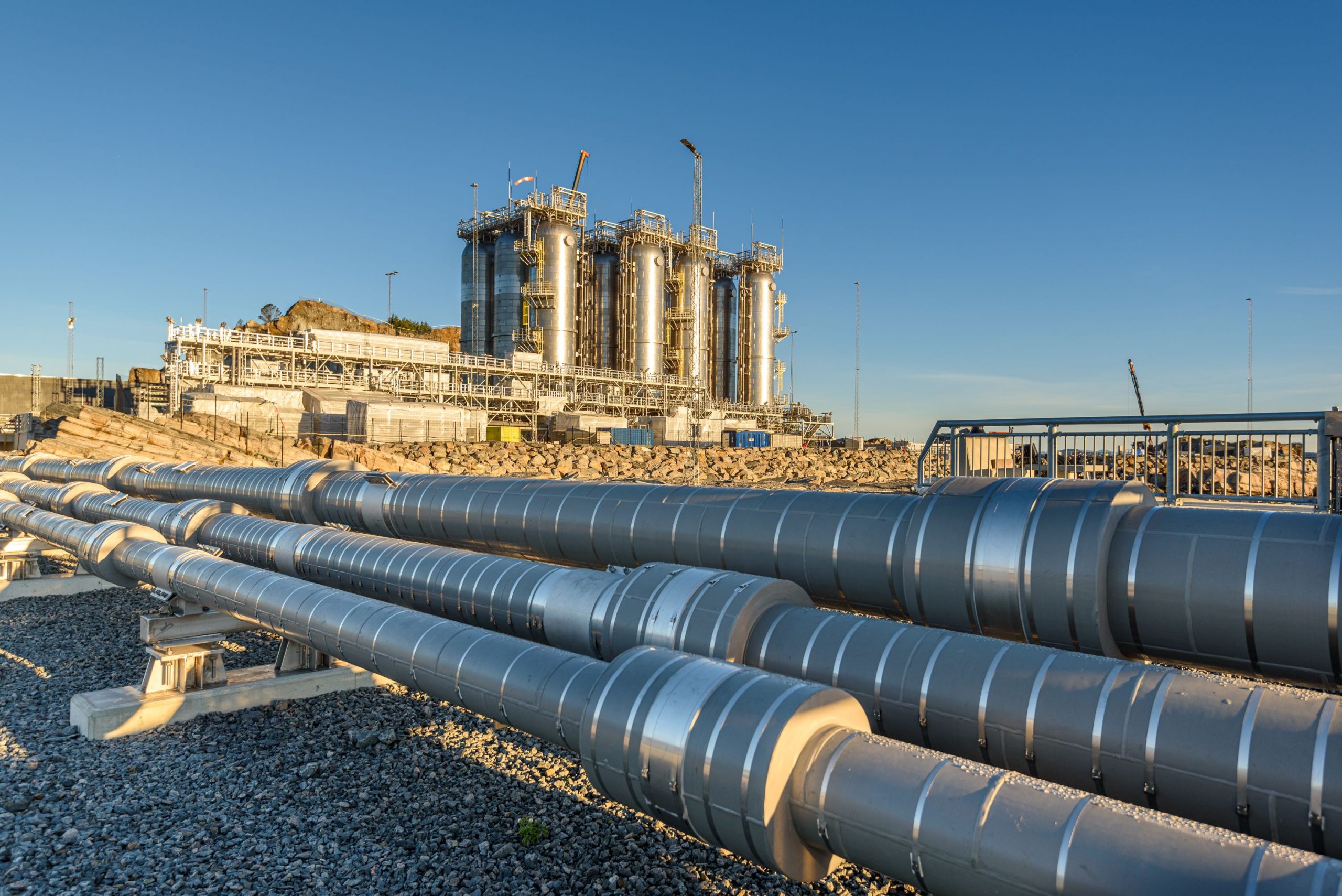
**The Feasibility of Direct Air Capture as a Climate Solution**
As the global climate emergency escalates, it is critical to develop strategies to reduce greenhouse gas emissions and curb warming trends. One of the proposed remedies is Direct Air Capture (DAC), an innovative technology aimed at removing carbon dioxide (CO2) straight from the atmosphere. Although DAC appears promising, it is frequently regarded as a key instrument for achieving climate targets, including those set forth in the Paris Agreement. Nevertheless, a recent evaluation by researchers at the MIT Energy Initiative raises concerns regarding the reliability of heavily relying on DAC to rectify the harm already inflicted on our environment. Their research, published in *One Earth*, highlights several urgent obstacles that may restrict the technology’s capabilities.
### The Appeal of Direct Air Capture Technology
DAC operates through chemical methods to eliminate CO2 from the air, which can subsequently be stored underground in geological formations or utilized for industrial purposes. In certain climate strategies, DAC is hailed as a panacea—capable of addressing existing carbon emissions while complementing initiatives to minimize new carbon outputs. Various nations and businesses, including those with net-zero commitments, have heavily depended on this technology in their climate action plans.
However, as illustrated by the MIT study, the technical and financial intricacies of DAC could impede its scalability and cost-effectiveness within the timeframes necessary to avert disastrous climate outcomes.
### Four Significant Challenges of DAC Implementation
#### 1. **The Scale Challenge**
To illustrate the scale of CO2 removal needed, global emissions reached approximately 36.8 gigatonnes in 2022. Numerous climate models presume that DAC systems will have to capture between 5-40 gigatonnes annually by mid-century to counteract ongoing emissions as part of achieving net-zero targets.
However, the energy and air processing demands are immense. For example, extracting just one metric ton of CO2 requires processing an air volume equivalent to 720 Olympic-sized swimming pools—or around 1.8 million cubic meters of air. Currently, the largest operating DAC facility can only capture 4,000 tonnes of CO2 each year. To reach the necessary gigatonne scale, there would need to be a substantial enhancement of infrastructure and investment.
#### 2. **High Energy Requirements**
DAC is a process that consumes significant energy. The MIT study reveals a daunting reality: if DAC facilities operated on coal-generated electricity, they might emit more CO2 than they capture—releasing 1.2 tonnes of CO2 for every tonne removed. Even with exclusive reliance on renewable energy, large-scale DAC implementation would require over 40% of the world’s current electricity production capacity, potentially pulling renewable resources away from electrifying other economic sectors.
Expanding DAC while transitioning to sustainable energy systems necessitates a dramatic increase in clean energy infrastructure to satisfy both new energy requirements and existing needs.
#### 3. **Geographical and Infrastructure Challenges**
The placement of DAC installations introduces further complexity. Optimal sites must meet three criteria: access to sufficient clean energy, proximity to secure CO2 storage options (like geological formations), and favorable climatic conditions to enhance efficiency. These parameters significantly restrict potential deployment areas globally.
Additionally, developing the necessary infrastructure for CO2 transport and sequestration on an international level introduces additional logistical, financial, and policy hurdles. Local opposition may also arise due to environmental and societal issues.
#### 4. **Economic Constraints**
The expense of carbon removal via DAC is considerably higher than most climate models suggest. While many strategies estimate DAC costs at $100-$200 per tonne of CO2, actual market prices tell a different story. Current market costs for DAC-based carbon removal credits linger around $1,500 per tonne. These prices remain exceedingly high for widespread application, especially when contrasted with less expensive but less effective alternatives such as emission offsets through reforestation.
Without major breakthroughs in technological efficiency and reductions in operation costs, DAC faces a challenging path toward becoming a financially feasible solution at the required scale.
### Move Forward with Cautious Optimism
The MIT study’s conclusions uncover an uncomfortable reality: present reliance on direct air capture as a foundational element of climate approaches may be impractical. The researchers advise moderating expectations, asserting, “Given the severe implications of climate change, it is unwise to depend on DAC to be the savior that comes to our rescue.” Nonetheless, they highlight that the technology does hold potential.
Ongoing funding for DAC research and development could lead to advancements that reduce expenses and enhance scalability over time. As a supplemental strategy to aggressive emissions cuts, DAC might contribute to addressing hard-to-decarbonize sectors such as aviation, cement, and steel. However, its effectiveness relies on swift technological progress, supportive policy frameworks for deployment, and the growth of renewable energy systems.
### Key Insights for Policy and Research
– **Focus on Emissions Reduction:** The most immediate and significant approach to curbing global warming continues to be minimizing emissions at their origin. DAC